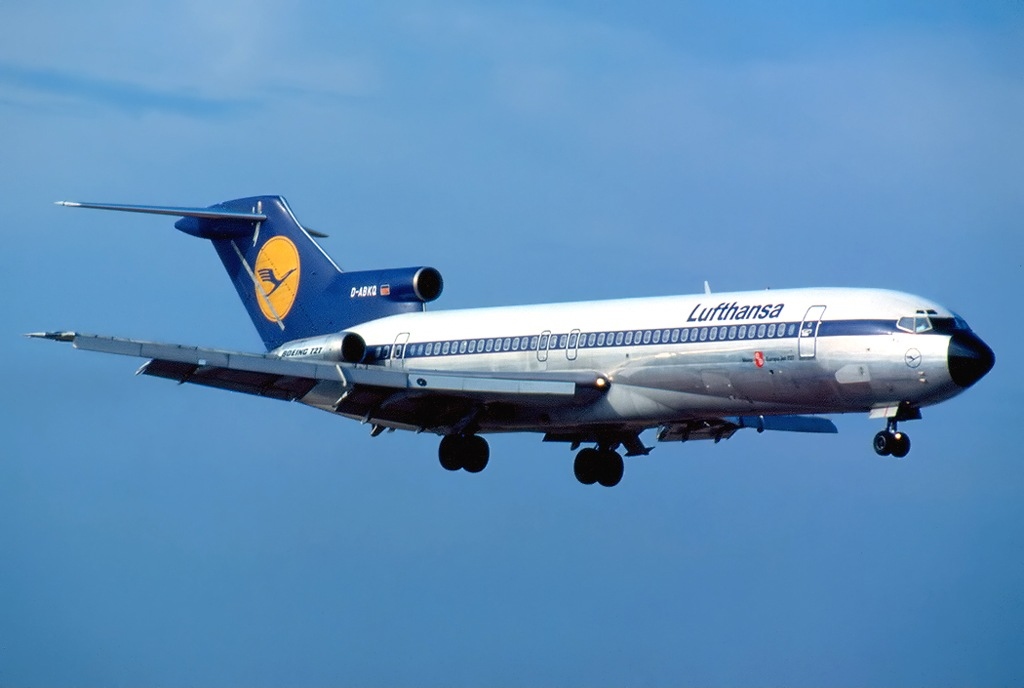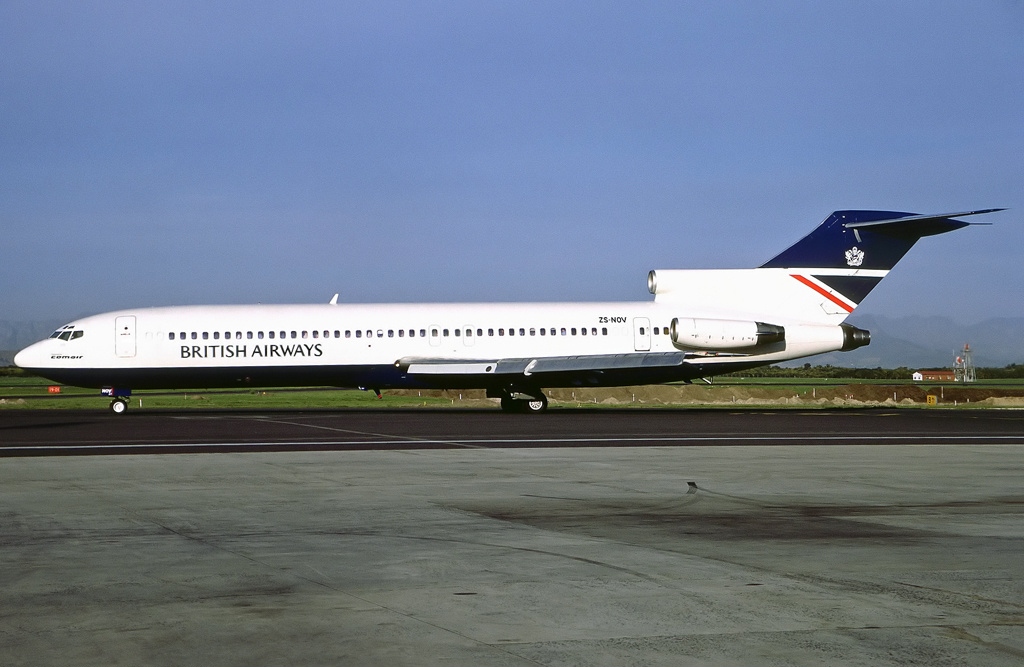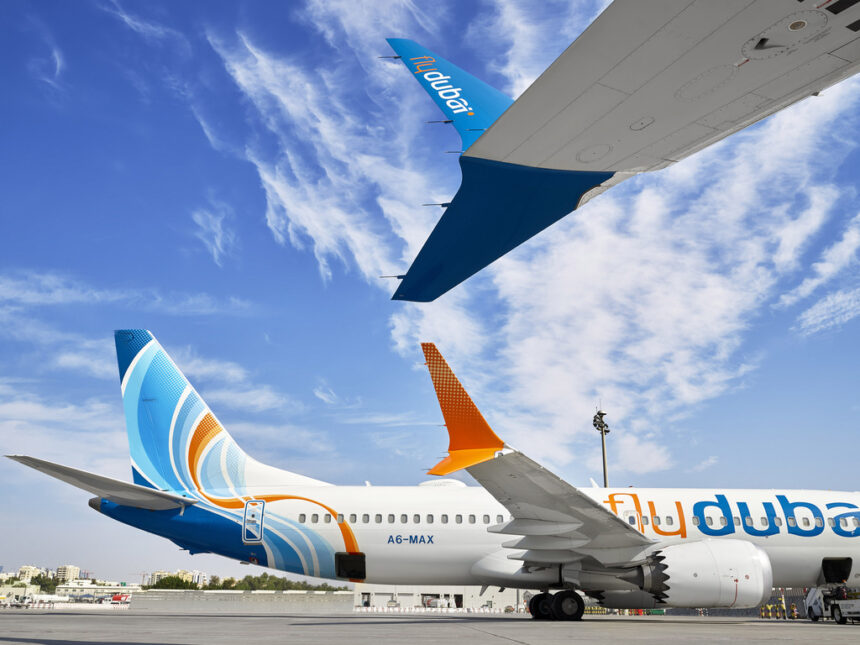The Boeing 727 was a trijet commercial passenger aircraft developed by Boeing in the early 1960s. The aircraft was designed to accommodate up to 189 passengers and was widely used by airlines around the world for over 40 years.
It was also the first commercial aircraft to break the 1,000-unit production mark.
The design of the 727 began in the late 1950s as a response to the growing demand for shorter takeoff and landing runways, and the need for faster and more economical commercial air travel.
Maiden flight February 1963
The aircraft was developed to offer a high level of reliability, performance, and versatility. The 727 was also among the first Boeing aircraft to use turbofan engines, which were more efficient and less noisy than the turbojet engines used on earlier commercial aircraft.
The first 727 prototype made its maiden flight on February 9, 1963, and the aircraft entered commercial service in 1964.
Over the course of its production, several variants of the aircraft were developed, including the 727-100, 727-200, and the 727-200 Advanced. Each of these variants offered different levels of performance, range, and passenger capacity.

[monsterinsights_popular_posts_inline]
Trijet turbofan equipped
One of the key features of the 727 was its trijet design, which included three Pratt & Whitney JT8D turbofan engines.
This configuration offered a number of advantages over twin-engine aircraft, including better takeoff and climb performance, increased safety, and improved fuel efficiency.
The trijet design also allowed the aircraft to operate from shorter runways, making it ideal for use at smaller airports and for short-haul flights.

The 727 was also designed with a number of other innovative features, including a high-lift wing design, which improved the aircraft’s takeoff and landing performance, and an advanced flight control system, which made the aircraft easier to handle and more responsive to pilot inputs.
Over the course of its production, the 727 became one of the most successful commercial aircraft in history, with over 1,800 units produced.
Commercial and military uptake
The aircraft was widely used by airlines around the world, including American Airlines, Delta Air Lines, United Airlines, and many others.
It was also used by many military organizations for a variety of purposes, including air transport, air-to-air refueling, and reconnaissance.

The 727 was a highly reliable aircraft, with an excellent safety record. It was also highly versatile, with the ability to operate in a wide range of environments and under a variety of conditions.
The aircraft was used for both passenger and cargo transport, and it was capable of flying long distances with a full load of passengers and cargo.

Revolutionising air travel
However, despite its many successes, the 727 was eventually phased out of commercial service in the late 2000s due to the increasing demand for more modern and efficient aircraft.
Many airlines began to replace their 727s with newer, more fuel-efficient models such as the Boeing 737 and the Airbus A320.
Despite its retirement from commercial service, the 727 remains an important part of aviation history.
It was a ground-breaking aircraft that helped to revolutionize commercial air travel, and it played a significant role in the development of modern aviation technology.
Today, many 727s can still be found in use around the world, primarily in military and cargo applications.
Last commercial flight
The last official commercial flight of a Boeing 727 took place on April 6, 2019, when the Iranian airline, Iran Aseman Airlines, retired its last remaining 727 after 38 years of service. The flight was from Zahedan to Tehran, Iran.
While there may have been some occasional charter flights of the 727 since then, this was the last scheduled commercial flight of the aircraft.

Largest 727 operator
Several airlines operated large fleets of Boeing 727s over the years, but the airline that operated the largest fleet of 727s was the US carrier, Eastern Air Lines.
At its peak, Eastern Air Lines operated a fleet of over 100 727s, making it one of the largest operators of the aircraft in the world.
Other airlines that operated significant fleets of 727s include American Airlines, Delta Air Lines, United Airlines, and Northwest Airlines, among others.

Boeing 727 in retrospect
The Boeing 727 was a highly successful and influential commercial aircraft that played a significant role in the development of modern aviation technology.
Its innovative design, advanced features, and high level of performance helped to revolutionize commercial air travel, and its long history of reliable and safe operation made it a favorite of airlines and passengers around the world.
While the 727 may no longer be in commercial service, its legacy lives on, and it will always be remembered as one of the most important aircraft in aviation history.










